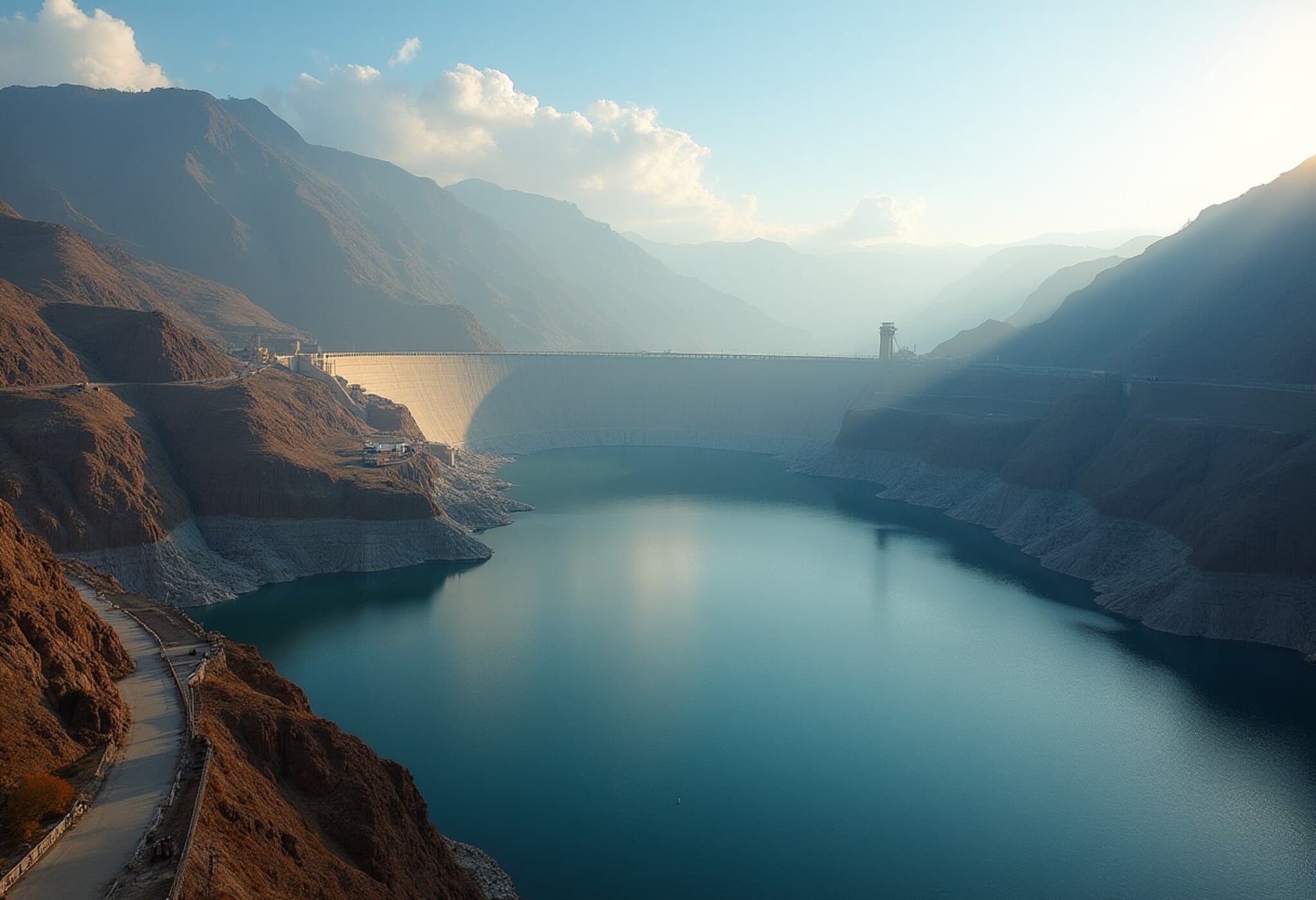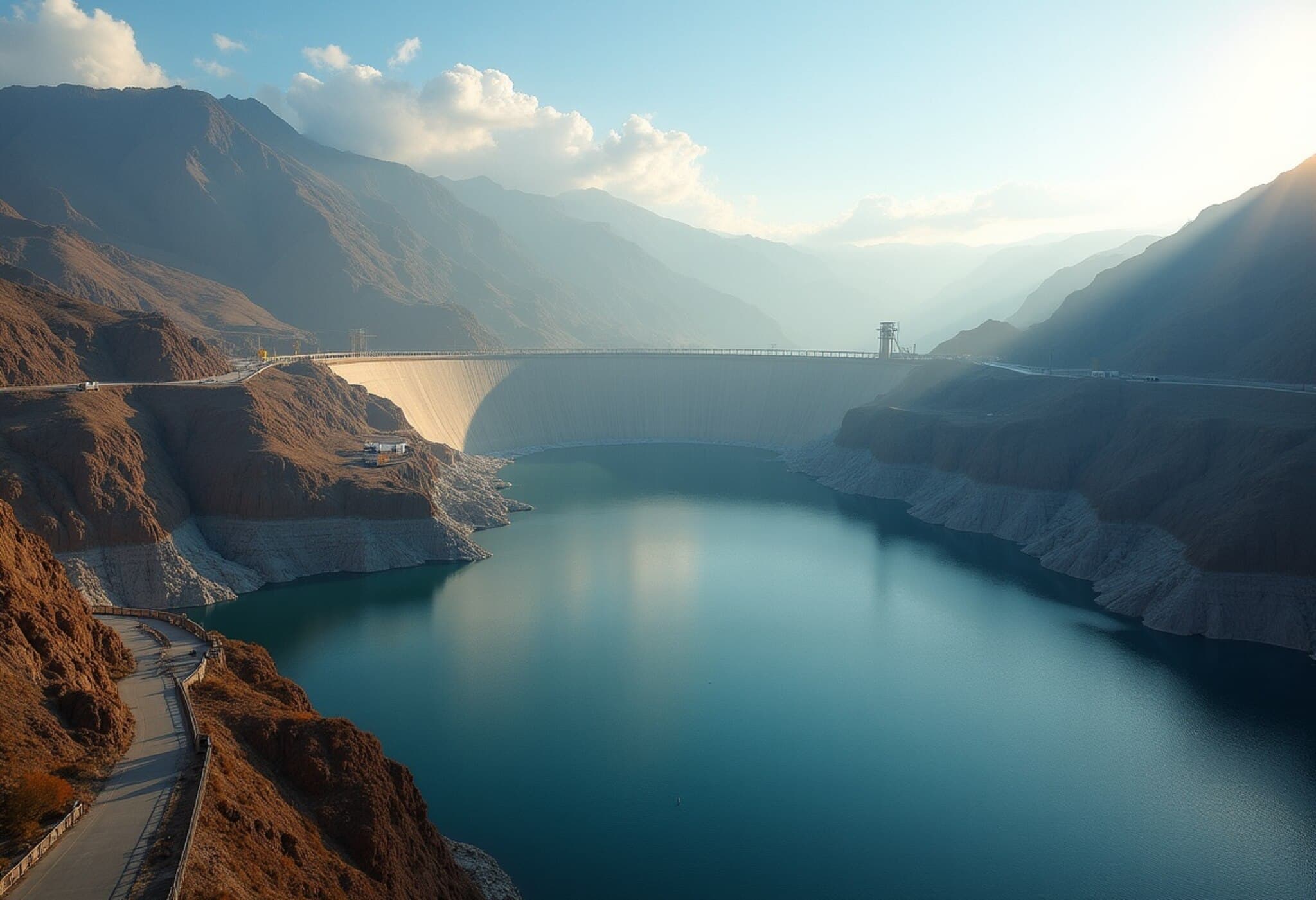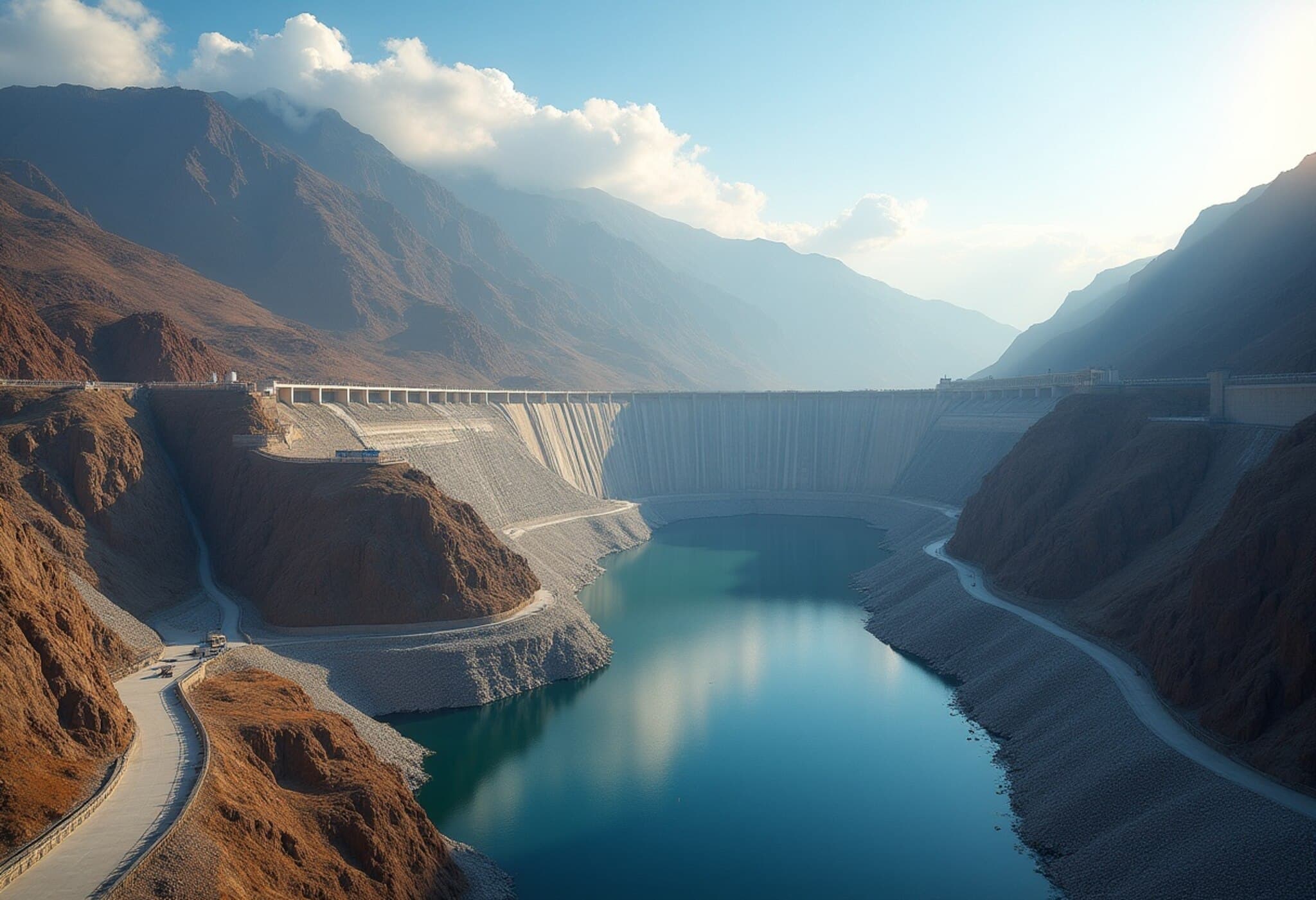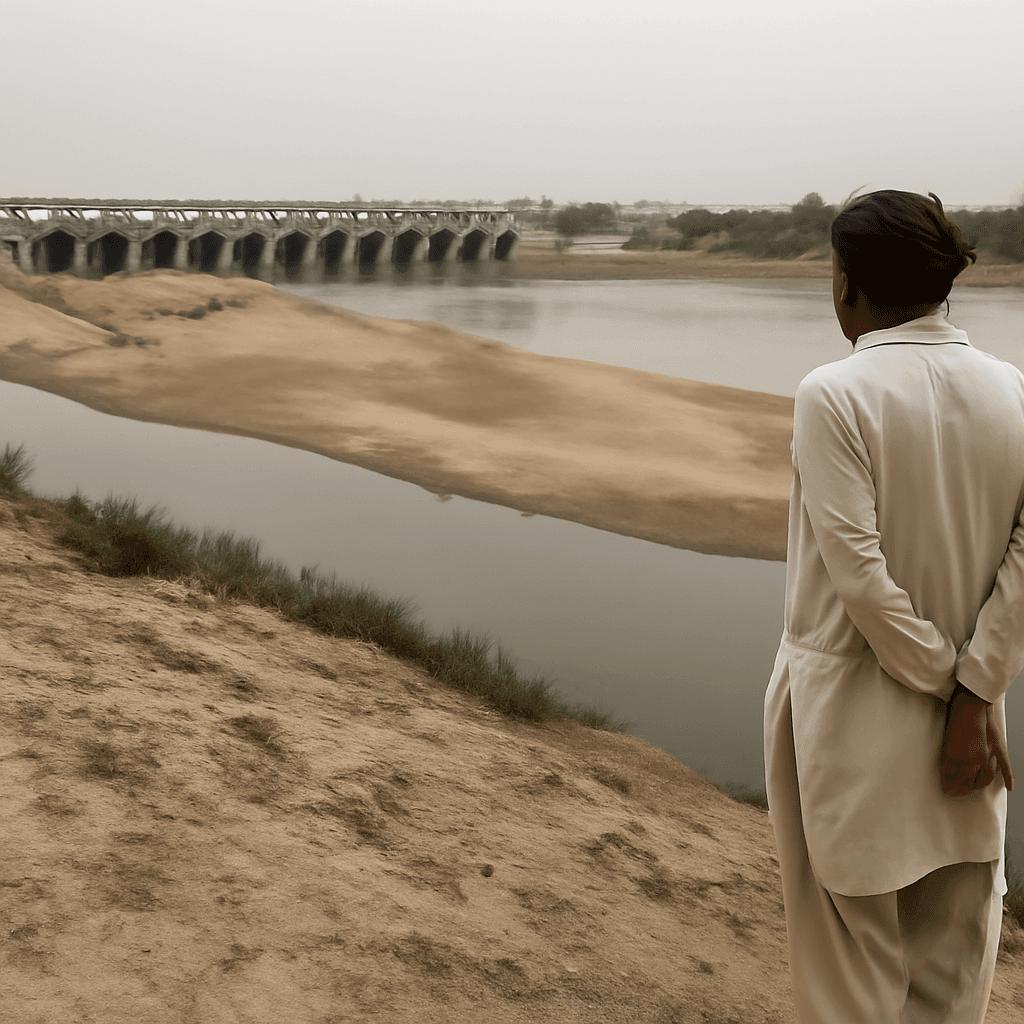China Initiates Construction of Monumental Brahmaputra Dam Amid Regional Concerns
In a significant development drawing international attention, China officially commenced construction of an immense hydropower dam on the Brahmaputra River in Tibet, close to India’s Arunachal Pradesh border. The project, valued at approximately USD 167.8 billion (around 1.2 trillion Yuan), was unveiled during a groundbreaking ceremony on July 19, 2025, in Nyingchi City, marking a watershed moment in regional infrastructure and geopolitics.
Project Overview and Ambitions
Chinese Premier Li Qiang presided over the launch event at the Mainling hydropower station site, situated in Tibet’s Nyingchi region, locally known as the Yarlung Zangbo. The dam complex is designed as a cascade of five hydropower stations, together expected to generate more than 300 billion kWh of electricity annually—sufficient to power over 300 million people.
While the primary aim is massive electricity production for external consumption, the project also intends to boost energy availability within Tibet (referred to by China as Xizang), spurring local development.
Regional Implications and Downstream Concerns
This mega dam has sparked alarm in downstream countries such as India and Bangladesh, which rely heavily on the Brahmaputra’s waters for agriculture, hydropower, and livelihoods. Experts warn that unilateral developments on transboundary rivers could disrupt ecological balance, affect water flow patterns, and elevate geopolitical tensions.
- India’s Perspective: The Brahmaputra flows into Arunachal Pradesh and Assam; New Delhi has long voiced apprehension about China's dam projects potentially impacting water availability and flood management downstream.
- Bangladesh’s Concerns: With the Brahmaputra joining the Ganges, Bangladesh depends on consistent water levels to sustain its agriculture and fisheries sectors.
Environmentalists and policy analysts emphasize the urgency for transparent data sharing, multilateral water management frameworks, and cooperative mechanisms to prevent conflicts and ensure equitable resource use.
Economic Scale and Strategic Significance
The staggering USD 167.8 billion investment underscores China’s commitment to bolstering clean energy infrastructure aligned with its carbon neutrality goals. The hydropower capacity will add a significant chunk of renewable energy to China's grid, potentially reducing reliance on coal and fossil fuels.
Strategically, the dam also consolidates China’s presence in Tibet, enhancing infrastructure in a geopolitically sensitive region near the Indo-China border — a flashpoint given ongoing territorial disputes.
Expert Insight: The Need for Balanced Transboundary Dialogue
Dr. Arvind Kumar, a leading expert in South Asian water diplomacy, notes, “The Brahmaputra basin is a shared heritage requiring cooperative governance. China’s hydropower ambitions are understandable from a developmental standpoint, but regional stability hinges on transparent engagement and confidence-building with downstream neighbors.”
Experts suggest that establishing joint monitoring committees, real-time hydrological data exchange, and environmental impact assessments involving all riparian states are critical next steps.
Looking Ahead: Questions Raised
- How will China balance large-scale hydropower development with ecological preservation in the sensitive Himalayan ecosystem?
- What diplomatic channels will Beijing engage to reassure India and Bangladesh amid territorial and water security concerns?
- Can this mega project become a model for sustainable, multilateral river basin management instead of a source of tension?
Editor’s Note
The launch of the Brahmaputra dam project is a defining moment that intertwines energy ambitions with complex geopolitical dynamics in South Asia. As China pushes forward with this unprecedented infrastructure feat, the ripple effects will transcend beyond electricity generation—touching upon water security, environmental sustainability, and regional diplomacy. This evolving story calls for vigilant observation of both technical progress and, crucially, diplomatic engagement among the riparian nations to foster peaceful resource sharing.
Readers should consider the broader narrative—beyond the dam’s economics or engineering—to the shared human and ecological destiny shaped by these mighty Himalayan waters.


















